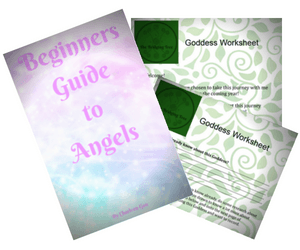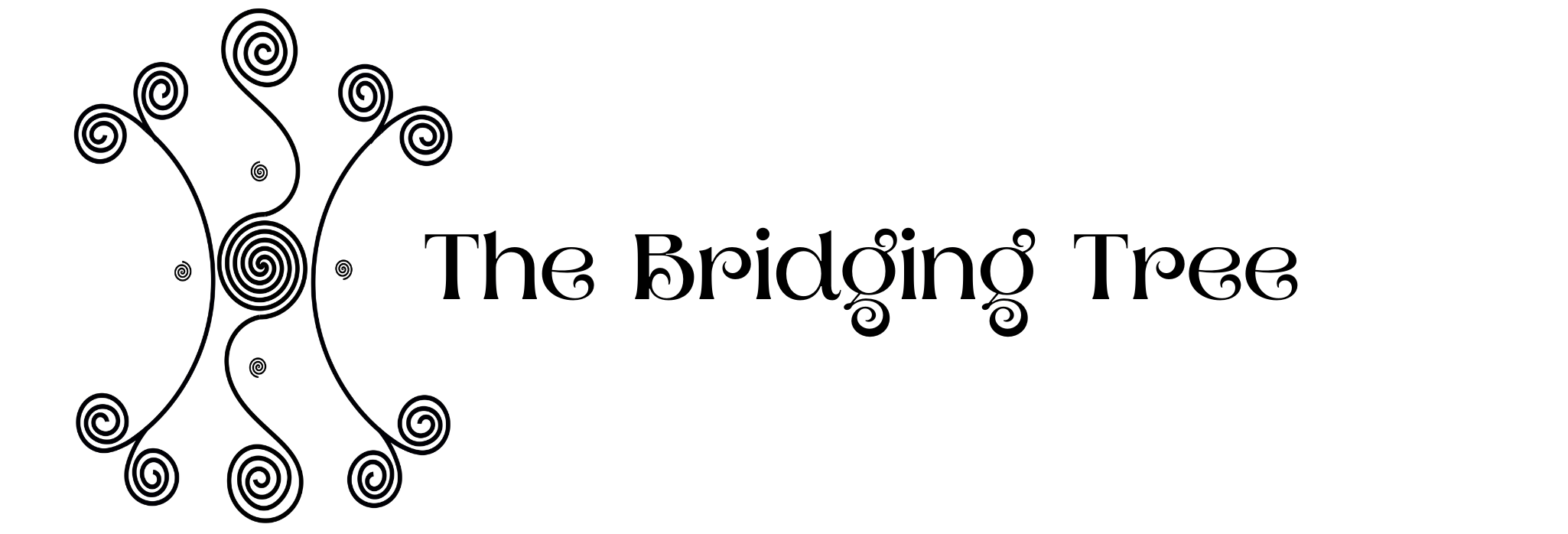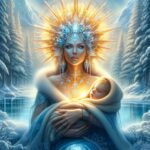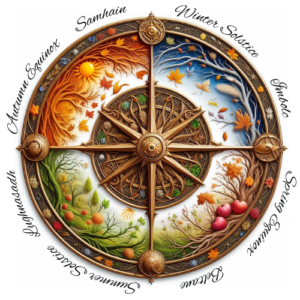
The wheel of the year is a modern concept used by some pagans to celebrate the seasons throughout the year at eight certain points marking solar events and the mid points between them. It consists of eight Sabbats (from the Greek Sabatu meaning ‘to rest’) or holidays (Holy Days), four of which are solar festivals (equinoxes and solstices) and four Celtic fire festivals (marking the in between points of the solstices and equinoxes). It is very much influenced and based on Celtic mythology and folk holidays as well as some from Germanic and Norse traditions.
What is the wheel of the year?
The wheel of the year is the cycle of the seasons, new beginnings to endings to re-birthing a new again. It is a way of helping us become attuned to the seasons and nature and life itself. Going with the ebb and flow of light and darkness and how all things connect, as well as the story of the Goddess and God.
This is a modern concept, but based on some old practices. Four of the Sabbats were honored and celebrated by the Celts. These were the fire festivals also known now as the greater Sabbats that mark in between the solstices and equinoxes. For the Celts they would have marked significant changes in the agricultural year that governed their lives and would have moved from different dates (but have been around the same time each year), depending on the weather, crops and other circumstances being just right. Today we have fixed dates for these holidays as we aren’t so governed by the agricultural season due to the conveniences of food in stores etc. and to also have a day to focus on for our beliefs and celebrations.
The other four Sabbats are the solstices and equinoxes and these are known as the lesser Sabbats. These were celebrated in the Megalithic times eg. stone circle times and then later by the Greeks and Norse people. The solstices are when the sun is closest to the earth and high in the sky (Summer) and when the sun is furthest away and low in the sky (Winter). The equinoxes are the days which are in balance. Night and day are equal and serve as a turning point in the year. One being the days start to get longer (Spring Equinox) and the other when the days start to get shorter (Autumn Equinox).
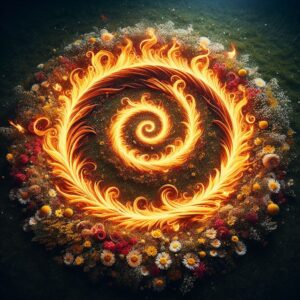
Where did the wheel of the year originate from?
You could say that as the wheel of the year is based on ancient traditions following the cycle of the seasons that this is where it originates from. However the wheel of the year as we know it today really originated from the the practices of the Wiccan Gerald Gardner and Druid Ross Nichols in the 1950s. Gardner wanted to celebrate the solstices and equinoxes and Nichols the fire festivals and so they put them together to make the wheel of the year. The phrase wheel of the year began to become popular in the 1960s to describe the eight pagan holidays of the years cycle.
In 1974 the American Wiccan Aidan Kelly when creating a pagan calendar decided he wanted to have more pagan sounding names for the Summer Solstice and equinoxes as the four Celtic fire festivals had Gaelic names. So he did some research and came to the conclusion with the following names, Ostara for the Spring Equinox, Litha for the Summer Solstice and Mabon for the Autumn Equinox. This then was published in a magazine and the names became more popular. Now most pagans will use these names. You can read his more detailed explanation of how he came up with the names HERE.
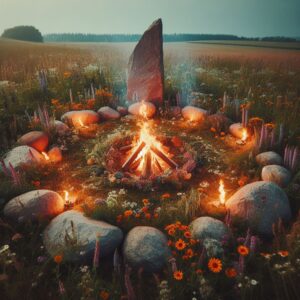
What are the eight Sabbats of the wheel of the year?
As I have mentioned above, the wheel of the year consists of eight Sabbats/holidays. These holidays are as follows:
Samhain (Halloween)
Celebrated on 31st October/1st November in the Northern Hemisphere and 30th April/1st May in the Southern Hemisphere. This is the start of the Celtic new year. It is a time of honoring our ancestors and giving thanks for the last harvest and a celebration of the end of Summer. The Goddess has now become the Crone.
Winter Solstice (Yule)
Also known as Yule is celebrated around 20th – 22nd December in the Northern Hemisphere and 21st – 22nd June in the Southern Hemisphere. It is the time to celebrate the birth of the Sun/Son God and return of the light. A time for hope and joy and being thankful.
Imbolc
Celebrated on 1st – 2nd February in the Northern Hemisphere and 1st – 2nd August in the Southern Hemisphere. The Earth is starting to stir and the first shoots of life are starting to show. The Goddess has become the Maiden, young and carefree playing with the young God. The Crone will slowly return to the shadows, while the Mother will nurture her seedlings underground.
Ostara (Spring Equinox)
Also known as the Spring Equinox is celebrated around 20th – 23rd March in the Northern Hemisphere and 20th – 23rd September in the Southern Hemisphere. This is the time to celebrate the beginning of spring and new life. The day and night are equal and from this day on the days will get longer, where the light will overcome the dark.
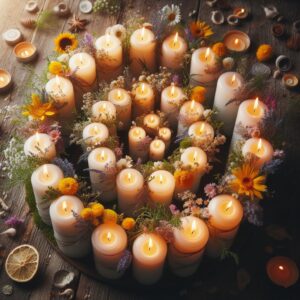
Beltane
Celebrated on 30th April/1st May in the Northern Hemisphere and 31st October/1st November in the Southern Hemisphere. This Sabbat is all about fertility, love and joy and the coming together of the Goddess and God.
Summer Solstice (Litha)
Also known as Litha is celebrated on 21st June in the Northern Hemisphere and 21st December in the Southern Hemisphere. The longest day of the year and from this day forward the days will gradually become shorter. The Goddess is full with pregnancy and the Earth fertile and abundant.
Lughnasadh (Lammas)
Also known as Lammas is celebrated on 1st August in the Northern Hemisphere and 1st February in the Southern Hemisphere. The Sun God dies and gives his life to the harvest so we may eat and the Goddess mourns the loss of her lover.
Autumn Equinox (Mabon)
Also known as Mabon is celebrated around 20th – 23rd September in the Northern Hemisphere and 20th – 23rd March in the Southern Hemisphere. The day is once again in balance with day and night equal. The days will start to get shorter and the darkness taking over the light. This is also the second harvest and known as the Witches’ Thanksgiving.
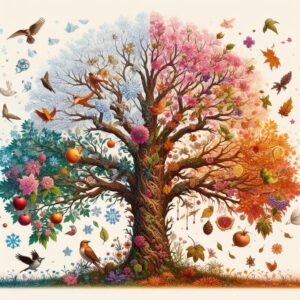
Is the wheel of the year ancient and authentic?
In a simple answer no. However we do know that ancient peoples did celebrate and honor the different times of year individually in regards to each of the Sabbats/festivals, but the wheel of the year its self, placing the eight Sabbats inside it was created by Gardner and Nichols as mentioned above in the 1950s. So this practice of the cycle of eight festivals/Sabbats, the wheel of the year goes back to the 1950s and isn’t ancient.
Even though this isn’t an ancient tradition in itself, it does have the influence of the ancients who we know marked the equinoxes and solstices and our ancestors who worked and moved through the seasons honoring and celebrating the harvest and the land with the fire festivals. We may not be farmers anymore and rely heavily on the food industry to provide our food, so not needing to do this anymore, but I believe we do need this still. This is a wonderful way to be connected to the land, the Goddess and to nature. To acknowledge and be mindful of where we are at in the year, to pause and honor where we truly come from. To take a moment away from our busy hectic lives and be still. To connect to our ancestors and know they once did this before us even if it was in a different way and circumstance.
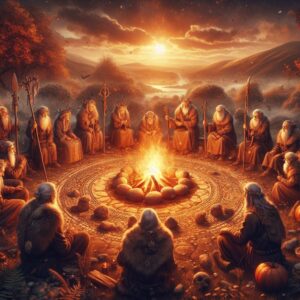
Do all pagans celebrate the wheel of the year?
No, not all pagans go by the wheel of the year. Some may only celebrate part of it, others may not celebrate it at all and connect in a different way. All ways are perfectly ok. I personally like the wheel of the year as it gives me a focus point at each turn and helps me stay connected and mindful of where I am at and to take that moment to pause and be still. To stay connected to the Goddess and acknowledge myself, nature and all things are connected. I know I can get too wrapped up in the material world and not take the breaks I need, resulting in not such a happy me and this helps me to take the time to just connect!
To stay connected with the Divine will result in a happier and more content life. To get outside in nature, to be in her presence helps you to become more calm and peaceful. This in turn will help you in your every day life. So whether you wish to celebrate the wheel of the year or not, know that your connection with the Goddess and nature will help you immensely no matter how you wish to connect or honor them.
You may also like……
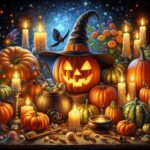

FREE Beginners Guide to Angels E-Book and Goddess Worksheet
